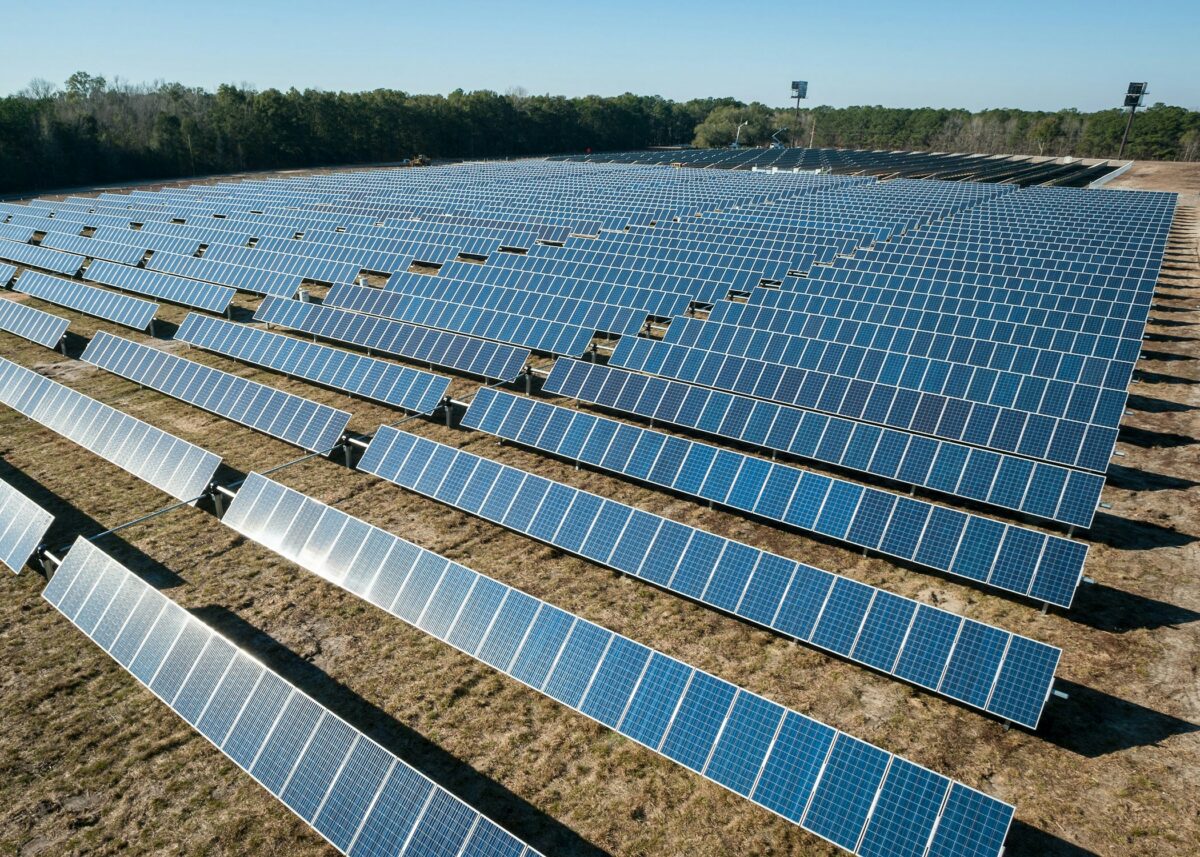The Carbon Market Report 2025 “Evolving markets, emerging solutions’” was released last night by the Carbon Market Institute and Westpac. It provides an insightful analysis on the state of the carbon market and its contribution to net zero targets, as well as the importance of action to reduce emissions by large emitters and of ongoing reforms to carbon credit integrity.
With annual traded value of Australian carbon credits passing $1 billion for the first time, this year’s report examines how Australia’s carbon market is evolving, with insights from a range of experts, including decarbonisation advisors, nature specialists, Indigenous organisations, lawyers, carbon market participants, financial market analysts and technology experts.
CMI CEO John Connor said: “In 2024 many of the necessary pieces for the rapid scale-up of domestic and global carbon markets were assembled to enabled accelerated investment in decarbonisation and other climate solutions.”
“There are new rules in place and reforms to champion carbon market integrity. These complement emerging corporate climate disclosure frameworks and standards to underpin market growth and transparency. There are also, as this report details, new refinements and tools emerging to support more accurate monitoring and reporting of emissions.”
The importance of carbon credits is recognised by many Australian landowners, stewards, and custodians, including Indigenous communities, for whom the revenue these credits provide untied funding for self-determined investments.
New international cooperation rules finalised under the Paris Agreement mean that carbon markets can be fully integrated into national diplomatic, trade and foreign aid agendas.
“Despite backward steps in the US, other nations are pressing ahead with international cooperation and Australia needs a carbon market strategy and engagement to match them. It would be a failure of imagination, economics and diplomacy to miss the opportunity to share the pragmatic, technological and administration skills built up over the more than a decade of involvement in Australian compliance and voluntary markets.
“In 2025 it will be critical to maintain recent reform momentum, backed by a national carbon market strategy, to ensure these ‘engine rooms’ are fully developed to support public and private investment to achieve not only the bipartisan goal of net zero emission by 2050, but credible 2030 and 2035 emission reduction targets,” he said.
Report highlights and chapter authors:
- Westpac highlights four key areas for attention to overcome emissions reduction challenges as identified by their customers: clearer strategic direction in policy and regulation, investment in fixed asset infrastructure for low emissions projects, research and development, and cross-industry and value chain collaboration.
- RepuTex notes the value of the ACCU traded market grew to a record high of $1.1 billion in the 2024 calendar year, up 31% on the previous year. It also brings home an important point about when much of Australia’s industrial decarbonisation is likely to occur. It notes that the three years from FY31 to FY33 are likely to generate more industrial sector abatement than the sector will deliver in the entire seven years from FY24 to FY30. In addition, RepuTex cautions that the ACCU market could be vulnerable to supply shortages, although not in the very short term.
- Indigenous Carbon Industry Network points out that there are almost 40 Indigenous owned and operated carbon projects in Australia, and nearly all of them have been operating successfully for a decade. Last year, these projects were issued with their 10 millionth credit, and each year these projects earn carbon credits that are worth about $60 million. ICIN highlight that Indigenous people currently hold either a legal right or an ‘eligible interest’ over 60% of Australia’s land which means Indigenous groups are not just stakeholders- they are key decision-makers under free prior and informed consent rules that are to be tightened.
- Law firm Gilbert + Tobin provides advice on how to avoid both greenwashing and green hushing. Gilbert + Tobin explain that there are now a robust set of codes that can be adopted by those wanting to make credible claims about their climate action, including their use of carbon credits. These codes ensure that those taking voluntary climate action can do so, while also protecting the legitimate interests of consumers and the public, the law firm says.
- South Pole emphasises that there can be no net zero without CO2 removal, because removal is the only way to neutralise residual emissions. Globally, limiting warming to 1.5°C will likely require carbon dioxide removal (CDR) on the scale of 4-10 metric gigatonnes per year in 2050, equivalent to around 10% to 20% of today’s CO₂ emissions. South Pole calls for support for a diverse portfolio of CO2 removal techniques, ranging from landscape-based removal to nascent methods such as direct air capture of CO2 and permanent sequestration. It says Australia has a unique opportunity to lead on CO2 removal. Not ot only in traditional landscape-based removal activities, which CSIRO estimates could sequester 480 megatonnes of CO₂ annually by 2050, but also in the commercialisation and deployment of emerging CO2 removal approaches.
- Norton Rose Fulbright describes how last year’s finalisation of Paris Agreement rules on markets has created major new opportunities for countries, carbon credit project developers, and investors in the Asia Pacific. China, India, Indonesia and Malaysia could all be powerhouse suppliers of nature-based emissions reductions, and a carbon price of USD$5.80 per credit could bring 114 million hectares of forest within carbon projects in Southeast Asia alone.
- WollemAI explains how satellite imagery, remote sensing, and advanced machine learning models have revolutionised how we monitor and manage environmental systems. WollemAI explains how these advances offer transformative benefits. It also reiterates a call for a Trusted Climate and Nature Data Plan to uplift Australia’s data capabilities, and support investor confidence in the net zero and nature positive transformation.
- Anthesis says the rise of nature markets and the recognition of the economic significance of nature impacts and dependencies is likely to trigger an asset repricing event that will ultimately affect many sectors. Anthesis gives the example of BlackRock, the world’s largest asset manager, which has said that nature is no longer an externality that is not considered in investment decision-making, “it is capital”.
Access the report here.



